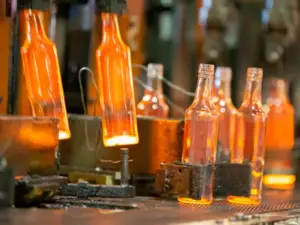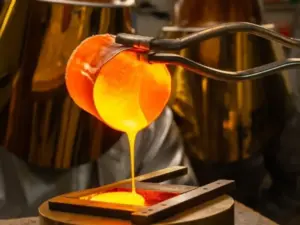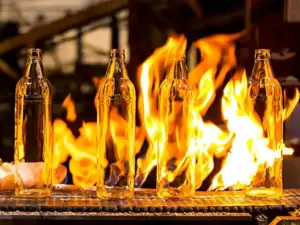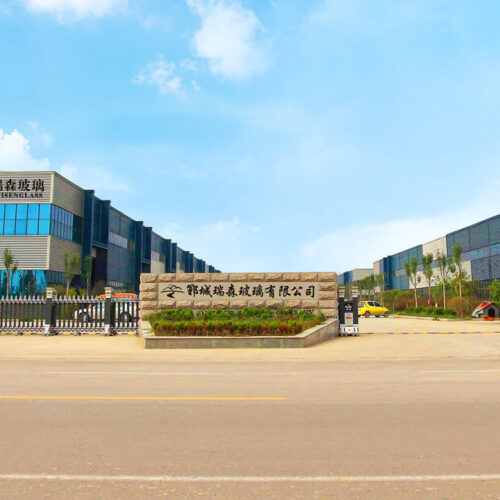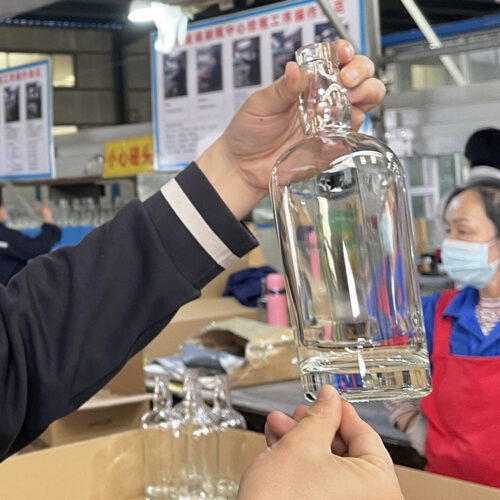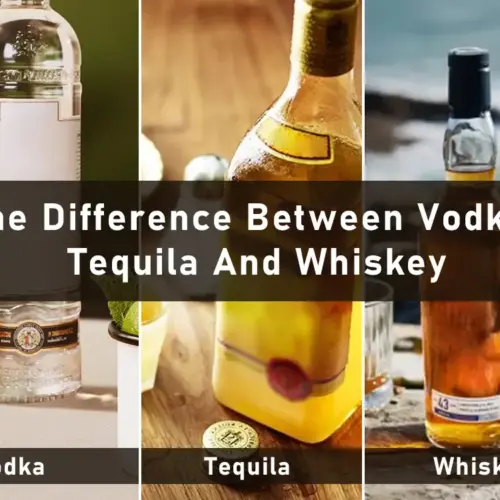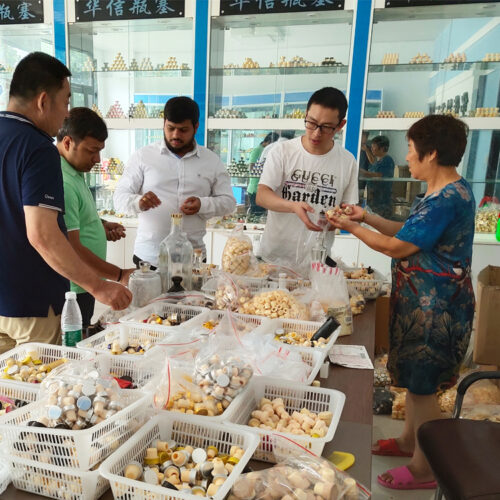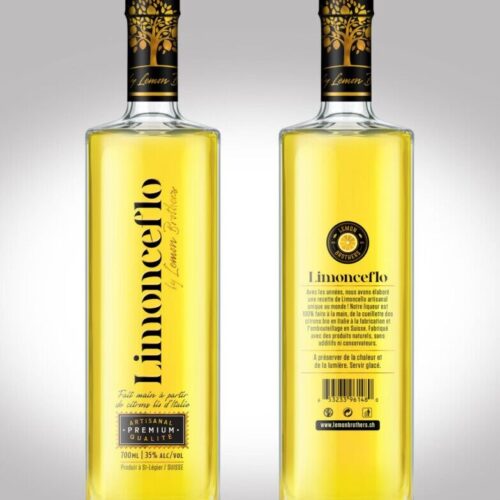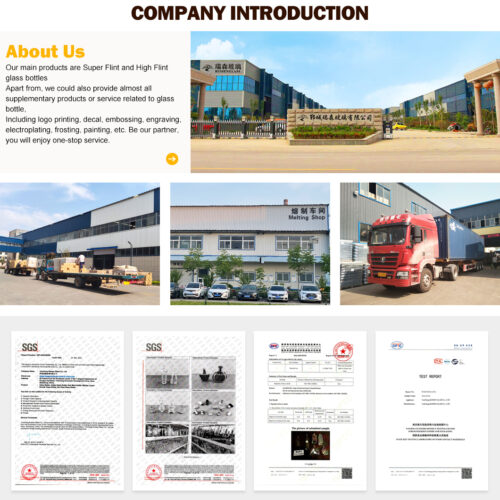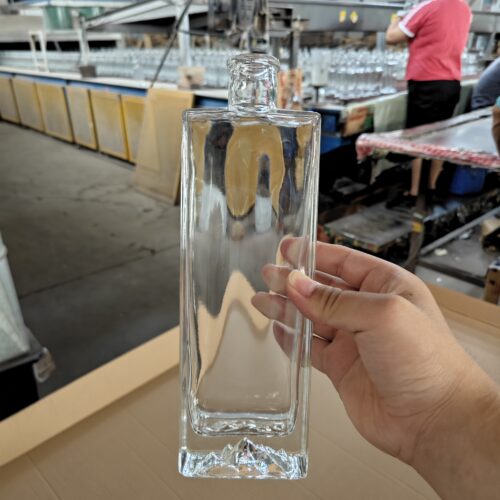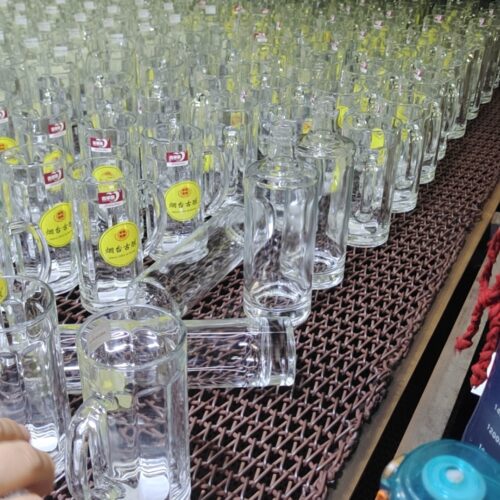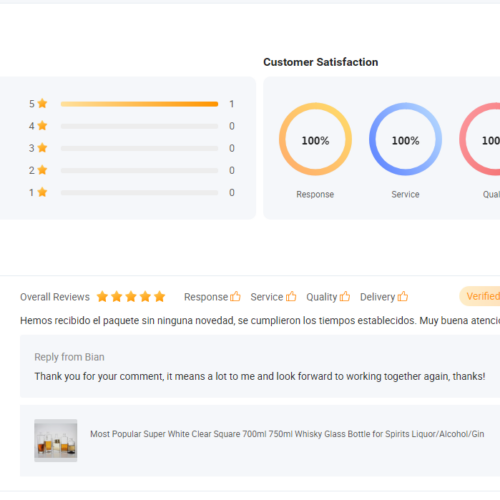Glass bottles are made and used all over the world. They dominate the beverage market due to their specific benefits. From wine to whiskey and spirits, brands prefer glass bottles over other options. However, many people don’t have basic know-how about the glass bottle manufacturing process.
Understanding the exact process is very important for both customers and manufacturers. Remember, glass bottles are not just containers made randomly. Instead, a complex process is involved in their production. I will discuss the practical steps of producing glass bottles in this article. So, let’s get started!
Role of Glass Bottles in the Modern World
Before we answer how glass bottles are made, let’s first see their importance. In modern times, glass bottles play a significant role. From medicines to beer bottles, you will find them everywhere. Their versatility makes them a reliable choice for different kinds of liquids. Here are a few uses of glass bottles in the modern world:
- Food and Beverages
- Perfumes and Fragrances
- Cosmetics and Pharmaceuticals
- Food Storage in Households
- Decorative Purposes
- Reusable Drinking Bottles
Properties of Glass Bottles
Glass bottles are versatile, and you can use them in different ways. They are safe and compatible with many edible and chemical products. But, it is important to choose premium-quality glasses to ensure the safety of the product. Thus, you should know how to differentiate between good and bad glass bottles. Here are the common characteristics of the glass bottles that set them apart:
- Glass is an inert material that doesn’t react with active chemicals. In fact, this is the main reason why glass bottles have a longer shelf life.
- With its non-reactive nature, glass preserves the authentic flavor and taste. Thus, it is perfect for beverages like Coke and juices.
- Glass is generally resistant to extreme heat and cold, so it is safe to use as you wish.
- The best glass bottle makers can pack the bottles in the right way. Thus, it makes transportation a breeze.
- The plus point is that glass is 100% recyclable. Thus, when not in use, you can always reuse and reprocess it into new bottles.
- The glass is a sustainable choice made from sand and other natural materials.
- It is also about aesthetics. Glass creates a lavish appeal that can leave everyone mesmerized. Let’s now jump to the main question: How are glass bottles made?
How are Glass Bottles Made: Manufacturing of Glass Bottles
Glass bottle manufacturing is a creative yet technical process. In simple words, it combines art and science to create functional bottles. Do you know the answer: where do glass bottles come from? Glass manufacturing was first started in the Mediterranean and European regions. With the Industrial Revolution, production took a mass-level significance. And day by day, with technological advances, the process has become automated. In the present day, glass bottles are made using sustainable resources like sand. That’s why glass turns out to be a green alternative compared to its plastic counterparts. The modern approach to glass manufacturing follows the following ten steps. They are similar to traditional manufacturing but slightly different.
Step 1: Preparing the Raw Material
The first step of production is the preparation and selection of raw materials. What are glass bottles made up of? Sustainable substances like sand, soda ash, and limestone act as raw materials for glass manufacturing. Amazing, isn’t it? It is important to choose premium-quality raw materials. Thus, the final products can withstand the pressure of carbonated beverages. Finally, you should check the raw materials for foreign particles. If found, remove those for fine-end products.
Step 2: Mixing and Blending At Equal Proportions
Once makers collect the quality raw material, they mix the same in equal proportions to form a blend. Manufacturers conduct multiple experiments to decide the final and consistent ratio. The manufacturers use precise machinery for the entire process of selection and blending. Precise calibrations play a vital role here. Once you decide the ratio and raw materials, melting takes place. Hence, it is important to remove every irregularity in this stage only, as you can’t do the same once it is melted. Now, let’s discuss the next step to answer your question: How are glass bottles made?
Step 3: Melting of the Mixture Prepared
Once you have prepared the required raw material mixture in equal proportions, the next step comes: melting. The raw materials are melted at a high temperature. The 1700 degrees of heat create a homogeneous liquid called molten glass. The process takes place under industry experts to ensure quality and consistency. Further, a controlled environment is maintained to remove impurities.
Step 4: Blowing and Shaping of the Glass
Now, you have molten glass ready with you. The final steps involve giving shape and appeal to the glass. For that, it is important to blow glass to give it a functional and decorative purpose. In general, manufacturers use techniques like blocking, marvering, and swinging. The purpose of glass blowing is to inflate the melted glass into a bubble structure. Later, the bubble formed takes the desired shape under the pressure of tools and techniques. The blown glass is easy to handle and shape.
What’s the Modern Twist in Glass Blowing?
How are glass bottles made in modern days? Even in the modern days, the process of glass manufacturing is the same as above. But there exist a few differences. In old times, manual workers used to blow molten glass. At present, a precision machinery called gob is used for this purpose. It increases the production level. Reducing the time required for the purpose and maintaining the quality. Here are the two methods that blow glass bottles:
- Blow and Blow Method
The blow-and-blow method is used to manufacture glass bottles. First, the makers cut the gob into the desired shape and mold it later using an IS machine.
- Narrow Neck Press and Blow
It is the advanced version of the blow-and-blow method. Here, the glass is evenly spread, allowing for a thinner plunger. Thus, it supports high temperatures.
Both processes involve cutting the molten glass using a blade at high temperatures. The glass then forms a rigid cylindrical shape called a gob. Later, the gob acquires its shape using blank molds.
Step 5: Pre Surface Coating
Surface coating is important to give the glass the desired appeal and look. In general, it takes place in two steps: one before annealing and the second after annealing. Coating strengthens the glass bottle by building a durable layer. Pre-surface coating takes place before annealing at the hot end. Inorganic stannic chloride, titanium tetrachloride, or organic titanate reacts with the shaped glass in this stage.
Step 6: Annealing for the Strength Check
What do you think will be the next step? It is important to ensure that the glass container so formed can withstand the extremes. That’s why the next step includes annealing. Annealing involves the treatment of glass in high and low temperatures to solidify it. The entire annealing process can take anywhere from 30 minutes to 2 hours. Manufacturers use a tunnel kiln known as an “annealing lehr” for the purpose. First, lehr heats the product to 580 degrees, after cooling it down for up to 1 hour, and so on.
Step 7: Post Surface Coating
Once the glass bottles are further solidified, the second step is surface coating. It takes place after annealing at the cold end. Wondering what happens here? After application of deep polyethylene wax takes place. The process takes place with an aqueous emulsion. Coating glass bottles build resistance against scratches and wear and tear. At the same time, it prevents them from sticking against each other when placed along the conveyor.
Step 8: Final Quality Inspection
Now, when the glass bottles are ready and in the right shapes, it is important to perform a final quality check. Quality inspection allows us to analyze the quality of the glass bottles. Manufacturers employ both manual workers and automatic machines to check for defects. Different defects include cracks, foreign objects, and air bubbles. If glass bottle makers find these defects, they immediately remove the piece from the lot. The rejected pieces that do not meet the standards are returned to the furnace for remelting.
Step 9: Labeling of the Glass Bottles
Afterward, the manufacturers provide labeling services if required. The primary goal is to align the labeling with the brands. In recent times, advanced technologies such as applied ceramic marking (ACL) label the glass surface. Some manufacturers also screen-print decorations on the container with glass enamel paint.
Step 10: Packaging of the Glass Products
Once the blown glass takes the desired shape, it comes to packaging. Afterward, manufacturers pack the glass products into robust and safer packaging materials. The main motto here is to enhance the longevity of the glass products and protect them from damage. Different materials used in packaging include bamboo straws, plastic sheets, and so on.
Frequently Asked Questions
What is the raw material of glass bottles?
Multiple raw materials are used in the manufacturing of glass bottles. However, silica sand is the primary ingredient used in this process. Along with sand, manufacturers use soda ash, cullet and limestone. The usage of soda ash helps decrease the melting point of silica sand, making the process energy efficient. All these ingredients undergo high-temperature heating to make glass bottles.
How are glass bottles formed into different shapes?
The manufacturers use blowing methods to shape the bottles. In the process, molten material is filled in the mold and placed in the blowing machine. High pressure is blown within the mold to expand the molten material, which expands and forms the desired shape of the bottle. Remember, the mold shape is similar to the desired shape of the bottle.
Are glass bottles environmentally friendly?
Yes, glass bottles are 100% recyclable and environmentally friendly. They are made with natural ingredients such as sand and limestone. Recycling glass does not reduce its quality and can be reused to make new products.
How do Manufacturers make glass bottles for food and beverages?
The process for making glass bottles is the same, no matter what purpose they are used for. Glass is generally non-inert, which means that it does not react with other chemicals and food ingredients. That’s why it is widely used in beverages. All glass bottles are made the same way.
Wrapping Up
How are glass bottles made? We hope that now you know the answer to this question. In conclusion, manufacturing glass bottles is a multi-step process. It involves collecting premium quality raw materials, melting them, and further shaping them. Once the melted glass takes the desired shape, annealing and polishing take place. And afterward, the transportation process follows the packaging of the glasses. It is noteworthy that different glass bottle factories in the USA or other countries can follow different steps to obtain the bottles. They will offer you high-quality and consistent glass bottles. It is important to seek quality to ensure the safety and efficacy of your products.

